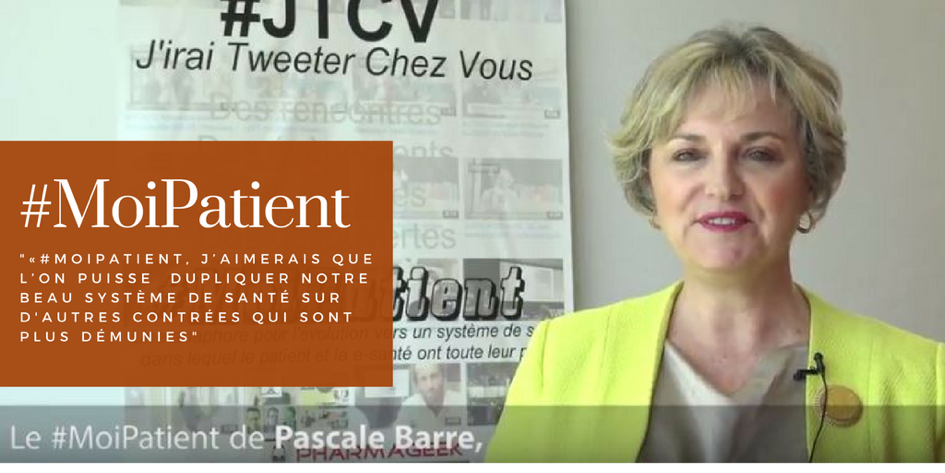Mobile health startup Gauss Surgical raises $1.5M
06/11/2014Can pharma build in-house digital talent?
07/11/2014Healthcare Vertical dimensions to social networking
High quality global journalism requires investment. Please share this article with others using the link below, do not cut & paste the article. See our Ts&Cs and Copyright Policy for more detail. Email ftsales.support@ft.com to buy additional rights. http://www.ft.com/cms/s/0/83bbe280-5fc7-11e4-986c-00144feabdc0.html#ixzz3HnFd1sF4
When a patient came to the emergency room at a Texas hospital with wires in his intestine, surgeons were perplexed. So, they turned to a social network called Doximity that helps doctors connect with peers on the other side of the country and found another doctor who had seen the problem before: the wires were bristles from a barbecue brush. The surgeons have since written a paper together.
Professional social networks for doctors, teachers and even soldiers are growing in popularity, taking on the sprawl of LinkedIn with walled gardens where users can swap sensitive information.
Vertical social networks, which focus on a single profession, including Doximity, Edmodo, which targets the education community, and Spiceworks, for IT professionals, have each raised millions of dollars in funding. Venture capitalists are betting that these start-ups will be able to generate revenue from recruiters and marketers, in much the same way as LinkedIn, due to report earnings on Thursday, does.
Many enjoy significant penetration in the professional communities they serve, with Spiceworks boasting 40 per cent of all IT professionals worldwide as users, Doximity hosting 40 per cent of all US doctors and Rallypoint having 10 per cent of active US military join its site in the first two years.
Jeff Tangeny, chief executive of Doximity, said its userbase has soared in the four years since he founded the company because it allowed doctors to communicate with a broad range of peers quickly, while staying compliant with strict regulations designed to protect patient privacy.
US doctors are not allowed to use email, for example, which he described as so insecure it is “like a postcard” to communicate about lab tests or canvas opinion on a difficult diagnosis.
“The main mode of communication doctor to doctor is the fax machine,” he said. “There are 15bn fax pages sent per year in the US healthcare system.”
Where users join LinkedIn for networking and to promote themselves for potential job offers, many professionals use vertical social networks to perform functions that are more core to their jobs alongside networking.
Spiceworks gives IT professionals some of the tools they need to manage networks, while providing an easy way for them to communicate with peers about everything from bugs to budgets. Scott Abel, chief executive, said for every decision a member makes, “six million users are one click away”.
Networking is done by helping each other with problems, and so showing their knowledge. Self-promotion is “a big driver, people take personal pride at showing their skills and expertise”, he said. He gives away the tools for free to generate revenue from adverts for IT products.
For many users, the real advantage of vertical networks is the knowledge that they can communicate about sensitive topics with people who have been verified. Whether that is teachers talking to children in Edmodo, or military professionals and veterans discussing their skills or opinions on strategy in Rallypoint.
Crystal Hutter, chief executive of Edmodo, which has 43m users mainly in English-speaking countries, said the company started to create an education-focused space suitable for classroom discussions and feedback. Teachers give their students codes to access the online group. Once inside, the codes can be destroyed and a teacher can always see who is online.
“Our mission at Edmodo is: how do we connect all the learners with the people and the resources they need to fulfil their potential,” she said. “From day one we were very focused on how do we create this safe and secure environment for teachers.”
In the military, there was no culture of real-life networking to replicate online, said Yinon Weiss, chief executive of RallyPoint. He came up with the idea when he left active duty in a military dominated by hierarchy and protocol to go to Harvard Business School. The start-up verifies serving military and veterans and employs moderators who ensure no sensitive military information is shared on the platform.
“People in the military do not even know what LinkedIn is,” he said. But he added that did not mean they did not want some of its functions – Rallypoint is used to connect military to veterans in the private sector who might better understand their transferable skills and for esoteric discussions about nuanced regulations and preparing for overseas moves.
LinkedIn sees vertical professional networks as complementary services, not rivals for users and recruiters. Wade Burgess, vice-president of Talent Solutions, the recruitment business, said every network has its own context, in the same way as people participate in different offline communities. He gave the example of a teacher using Edmodo.
“I think if you’re teaching economics you want to stay connected to people outside of the teaching profession – entrepreneurs, etc so you can see what is going on in the real world,” he said.
Ben Boyer, managing director of Tenaya Capital, a venture capital firm which has invested in Spiceworks, Edmodo and ResearchGate, a network for scientific researchers, said the sites can play different functions – but that there might be more opportunity in vertical networks.
“I don’t think ResearchGate’s success means LinkedIn will fail. I do think there is the opportunity to have more valuable products for scientists than LinkedIn can create by being vertically focused,” he said.
THE NEW NETWORKS
Spiceworks
The social network for IT professionals has over 6m users, who log on to use free tools to manage their networks and chat with peers about problems and products to buy. The Austin, Texas-based start-up has received $111m in capital from investors including Goldman Sachs, VC firm Institutional Venture Partners and Tenaya Capital.
Doximity
The platform that boasts 40 per cent of all US doctors has received $81.8m in funding from investors including Morgan Stanley, T Rowe Price and the VC firm Draper Fisher Jurvetson. Doximity allows verified doctors to communicate about patients and papers in a compliant way, broadening their networks beyond their immediate hospital and region.
Edmodo
Edmodo allows teachers to network with their pupils in contained virtual classrooms, as well as share tips and lesson plans with other educators. Started by a couple of school administrators from just outside Chicago, it has raised $87.5m from investors including Benchmark, Union Square Ventures and Greylock Partners.
Rallypoint
Bringing networking to the military, Rallypoint is one of the youngest vertical social networks. It has 400,000 members, including 10 per cent of all active US servicemen and women, who use it for advice on military moves and for promoting their skills to the private sector. It has received $7m in funding. Investors include Asset Management Ventures.
Source: www.ft.com




